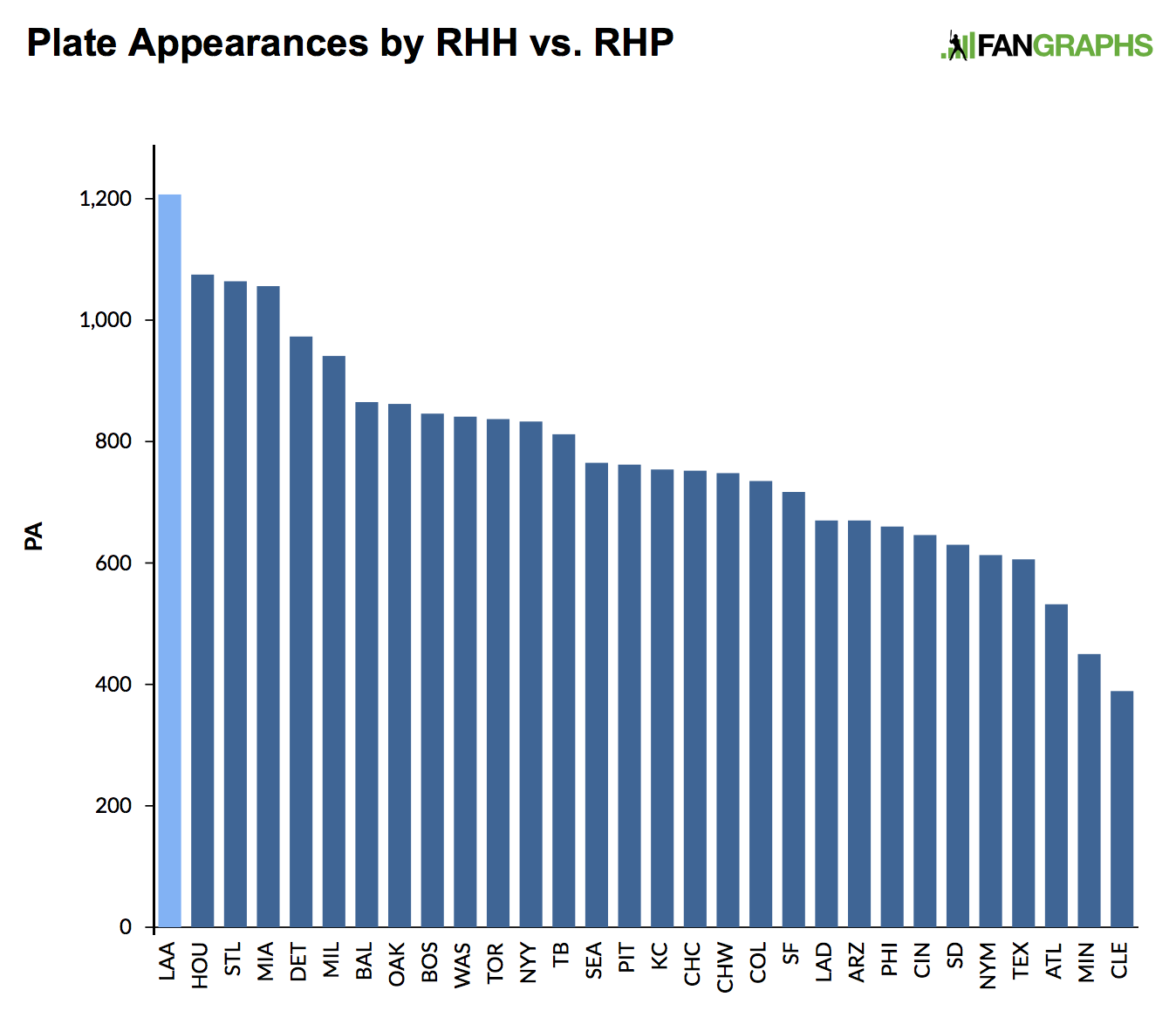Don’t Blame Hitters for All the Strikeouts
There is considerable teeth-gnashing going on around the game due to a lack of action on the field. Those criticisms are not unfounded. All things being equal, the game is better with more and not less action. A walk might be nearly as good as a hit when it comes to scoring runs, but it is considerably less exciting. A strikeout does have some excitement of its own, but on a large field that ranges out to 400 feet in most parks, concentrating much of the action to the first 60 feet has some drawbacks when it comes to demanding and retaining the attention of fans.
In any given confrontation, both the pitcher and batter exert considerable influence over the outcome of an at-bat. Because of that, it might seem reasonable to place equal blame on the hitters and pitchers for the increase in strikeouts. In an era defined by greater velocity and more frequent shifts, one argument goes, batters are failing to adjust. If they would just take the ball the other way, they might strike out less, get more hits, etc.
That might be true. It is also possible, however, that changing their approaches might lead hitters to produce less valuable outcomes or, worse, abandon the very strengths that allowed them to become major leaguers in the first place. That isn’t fair to hitters. What I’d like to posit here is a much simpler explanation for the rise in strikeouts — namely, that pitchers are too good.
Fastball velocity has increased at a steady rate, some of that due to the rise of relief innings around the league and some of it probably to dramatic improvements in training and development. That’s not really the point of this post, though. The point of this post is to discuss one particular cause of the increase in strikeouts that likely has little to do with launch angle or players trying to hit home runs, but rather the talent level of the pitchers and a change in philosophy.
Below is a scatter plot of MLB strikeout percentage and average fastball velocity.





